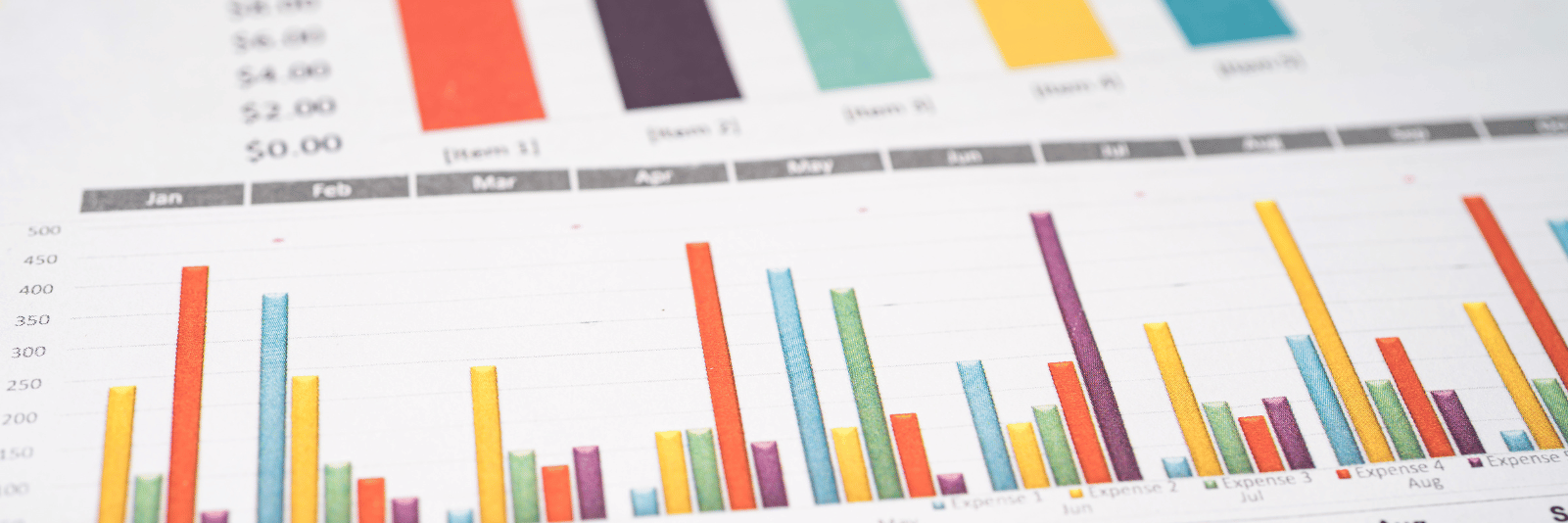Accurate cost estimation is the backbone of winning proposals and managing project profitability. One powerful tool that professional estimators rely on is the rate card, a predefined list of prices assigned to labor roles, materials, or services. Rate cards not only bring consistency and speed to estimating but also simplify complex pricing decisions, helping organizations manage costs with confidence.
What are Rate Cards?
Rate cards are structured pricing documents that list standard rates for different cost elements such as labor roles, materials, or services. They serve as a pricing reference that ensures every estimate follows a consistent and transparent costing framework. This eliminates guesswork and reduces the risk of errors that can lead to underbidding or margin erosion.
How Rate Cards Streamline Cost Estimation and Management Workflows
| Workflow | What Rate Cards Bring | Benefits |
| Estimating cost/hours | Automatically map roles × rates to estimated hours for tasks | You avoid manual rate lookups, reduce errors, and accelerate estimation |
| Proposals/ client quotes | Use the same rate structure in your quote document | Client sees consistency; reduces back-and-forth over pricing |
| Change orders/scope changes | You can apply the same rate logic to incremental work | Keeps internal and external alignment |
| Actual Cost Tracking | Link logged time / expenses to the same rate baseline | Gives you real-time visibility into margin loss or overrun |
| Client Billing | Invoice generation can pull from rate card logic | Ensures consistency between what was quoted and what’s billed |
| Financial Forecasting and Reporting | Aggregated rates help model future revenue, costs, utilization | Easier scenario planning and margin forecasting |
Challenges in Building Rate Cards
Developing effective rate cards can be challenging due to the need to capture varied labor roles, skill levels, client-specific pricing, and fluctuating market conditions. Common hurdles include:
- Managing multiple rate variations for different clients, projects, or roles
- Keeping rates up to date with evolving cost structures and overheads
- Avoiding complexity and errors in manual spreadsheets or disconnected systems
- Ensuring teams consistently apply the right rates across bids and projects
Best Practices for Rate Cards
To build rate cards that truly enhance estimation and cost management, consider these best practices:
- Define clear rate categories by labor roles, skill levels, and material types to standardize pricing
- Include client-specific and project-specific rate variations to accommodate negotiated contracts or unique scopes
- Regularly review and update rates to reflect current costs and market conditions
- Use digital tools that allow central management and real-time application of rate cards to maintain accuracy and consistency
- Incorporate markup, discounts, and other pricing modifiers transparently to reflect true project costs
How OAE Can Help Streamline Your Process
OAE’s software is designed to remove the complexity of rate card management while accelerating the estimation process:
- Multi-rate card support lets estimators maintain default, client-specific, and project-specific rates with ease
- Built-in libraries enable quick reuse and standardization of rates across bids and teams
- Real-time estimate building updates margins dynamically as rates and quantities change, allowing instant visibility into pricing impact
- Permission-based controls ensure secure rate card management and protect sensitive pricing data
If your team is still quoting projects manually or struggling with mismatched estimates and real costs, adopting a disciplined rate card strategy is one of the highest-leverage changes you can make.
With OAE, you don’t just get a rate sheet; you get a living, audited pricing engine that connects estimates, proposals, delivery, and financial reporting in one consistent flow.

